I used to wonder about the black-and-white squares on the back of fast-food cups, on store shelves and in magazines. Then I took a technology course, which opened up the world of QR codes for me. QRs are machine-readable codes consisting of black-and-white squares, typically used for storing URLs or other information and read by the camera of an electronic device. My husband probably thought I was crazy for a short period of time because I scanned anything with a QR code attached to it. I know firsthand that technology can be scary, but once I wrapped my head around the use of QRs, I was addicted!
Many educators worry about utilizing effective, new strategies in the classroom. With little research to predict the outcome, trends can often be a costly and time-consuming trip down the rabbit’s hole. QR codes are neither. Websites such as Pinterest and Teachers Pay Teachers have pre-made 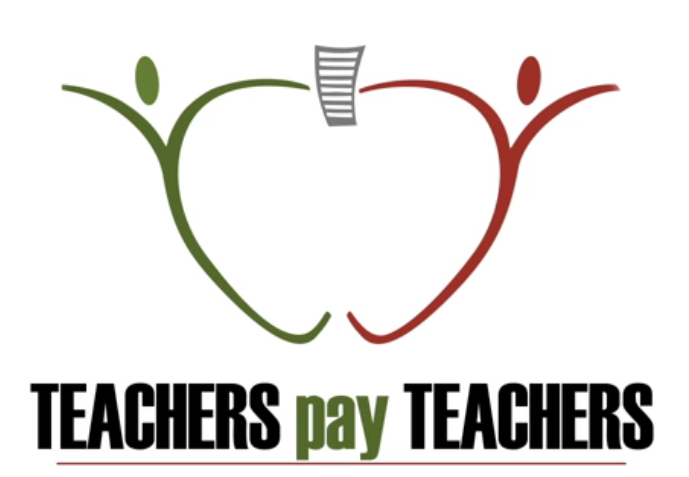 activities with state standards included that you can download for free (like this one). You can also create your own codes. My favorite site to use is QRStuff. This particular website gives step-by-step directions, making the user’s experience quick and easy. QR generators and scanners are also available for FREE in app stores for Apple and Android products.
activities with state standards included that you can download for free (like this one). You can also create your own codes. My favorite site to use is QRStuff. This particular website gives step-by-step directions, making the user’s experience quick and easy. QR generators and scanners are also available for FREE in app stores for Apple and Android products.
I am a firm believer that technology needs to be accessed by students whenever possible, so I took my newfound knowledge of QR codes and began implementing them within my 5th-grade classroom. The codes exposed students to technology and provided opportunities for differentiated instruction. Activities involving QR codes promote high student engagement and ownership. QRs are versatile and can be used across all content areas and grade levels.
One of my students’ favorite lessons involving QR codes was during my drawing conclusions/inferring unit. Prior to the activities, I introduced my 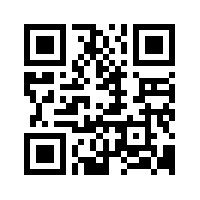 students to the idea and basis of QR codes and scanners. My students are extremely fluent and independent when it comes to technology. I set up four areas in my classroom. Each section had a different task for students to complete revolving around the skills of drawing conclusions and inferring. For example, in the first section students read Two Bad Ants (Grades 1-3, Lexile 780) by Chris Van Allsburg with a partner. Pages were marked with stop signs, which signaled the students to draw conclusions or make inferences and take notes. After reading the text, students scanned the code provided, which linked them to a Padlet I had created with questions pertaining to conclusions drawn from the text and prompted them to create their own scenarios in which another child would have to draw conclusions. Some of the codes took students to authors’ web pages with activities outlined.
students to the idea and basis of QR codes and scanners. My students are extremely fluent and independent when it comes to technology. I set up four areas in my classroom. Each section had a different task for students to complete revolving around the skills of drawing conclusions and inferring. For example, in the first section students read Two Bad Ants (Grades 1-3, Lexile 780) by Chris Van Allsburg with a partner. Pages were marked with stop signs, which signaled the students to draw conclusions or make inferences and take notes. After reading the text, students scanned the code provided, which linked them to a Padlet I had created with questions pertaining to conclusions drawn from the text and prompted them to create their own scenarios in which another child would have to draw conclusions. Some of the codes took students to authors’ web pages with activities outlined.
(*If you have not checked out Padlet, do it! It’s a wonderful resource for collaboration within the classroom. Since my particular activities were linked to Padlet discussion boards, I was able to review my students’ progress at a later time.)
A wide variety of trade books are available that reinforce district curriculums and appeal to students. For example, many nonfiction texts such as Motion and Forces (Grades 4-8, Level U, Lexile 880) or Properties of Matter (Grades 4-8, Level U, Lexile 780), both by Rebecca Hirsch, could be 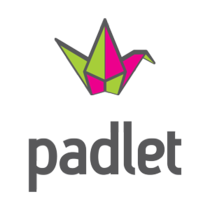 utilized within a small reading group or during partner reads. A QR code linked to virtual science labs pertaining to force and motion or the properties of matter will give students the hands-on experiences they need to truly understand the concepts. Another great way to expose your students to the usage of QRs, especially in the primary grades, is to incorporate them in listening centers. There is a fabulous activity available on Teachers Pay Teachers (for FREE!) where the QRs are embedded with popular stories being read such as A Bad Case of the Stripes (Grades K-3, Level P, Lexile AD540) by David Shannon, Should I Share My Ice Cream? (Grades P-2, Level H, Lexile 180) by Mo Willems, and Cloudy with a Chance of Meatballs (Grades K-3, Level M, Lexile AD730) by Judi Barrett. The world of technology and QR codes is endless. I challenge you to give them a try. Happy teaching!
utilized within a small reading group or during partner reads. A QR code linked to virtual science labs pertaining to force and motion or the properties of matter will give students the hands-on experiences they need to truly understand the concepts. Another great way to expose your students to the usage of QRs, especially in the primary grades, is to incorporate them in listening centers. There is a fabulous activity available on Teachers Pay Teachers (for FREE!) where the QRs are embedded with popular stories being read such as A Bad Case of the Stripes (Grades K-3, Level P, Lexile AD540) by David Shannon, Should I Share My Ice Cream? (Grades P-2, Level H, Lexile 180) by Mo Willems, and Cloudy with a Chance of Meatballs (Grades K-3, Level M, Lexile AD730) by Judi Barrett. The world of technology and QR codes is endless. I challenge you to give them a try. Happy teaching!


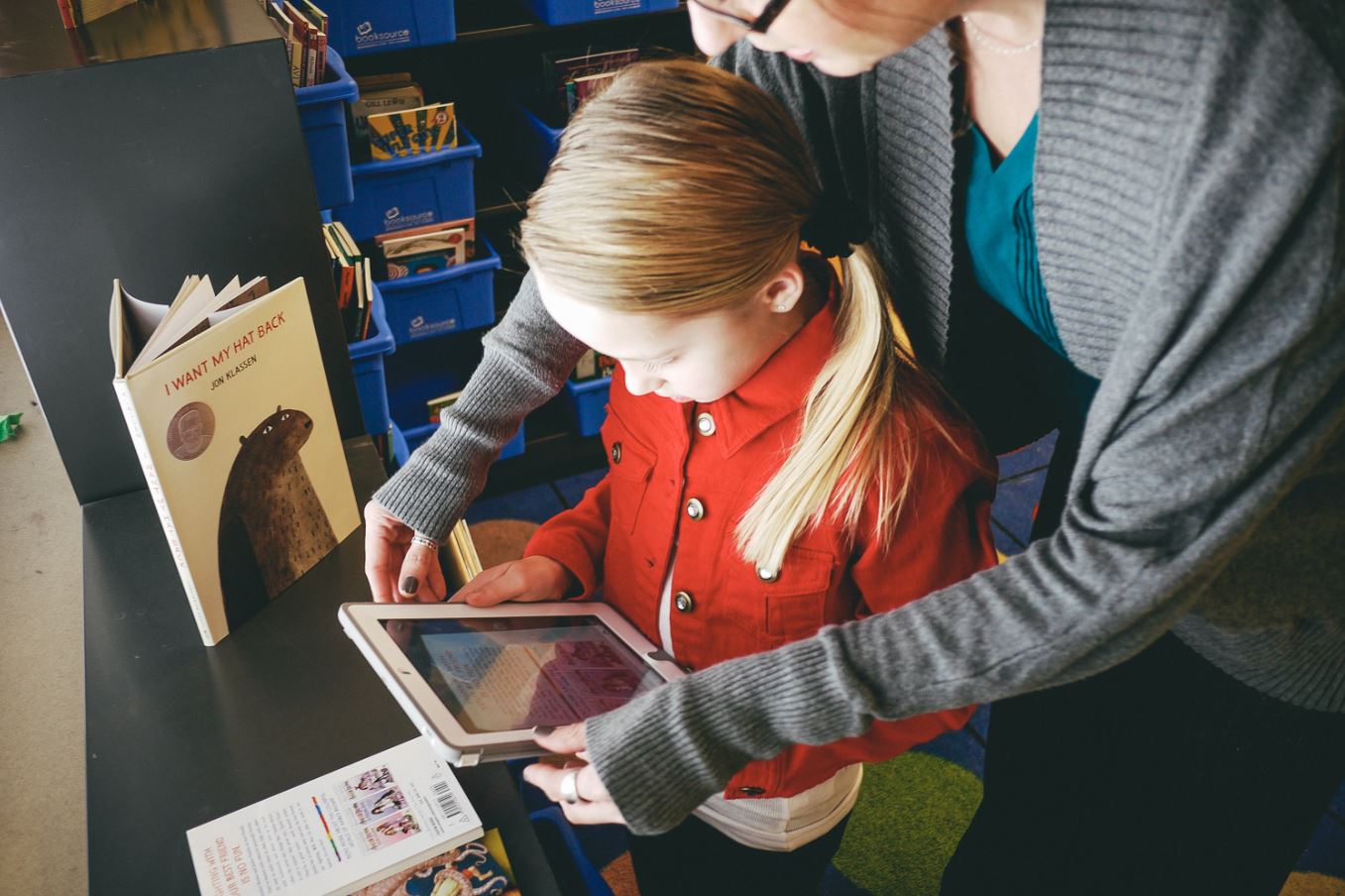
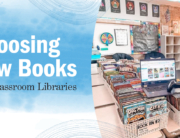

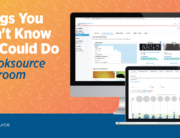
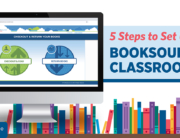
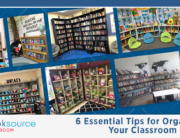
This is great information and not just for teachers in the classroom. At work we are currently exploring all the ways we can incorporate any technology to make things more accessible. I am glad to see a broad use of this technology as it tells me it will be around for awhile.